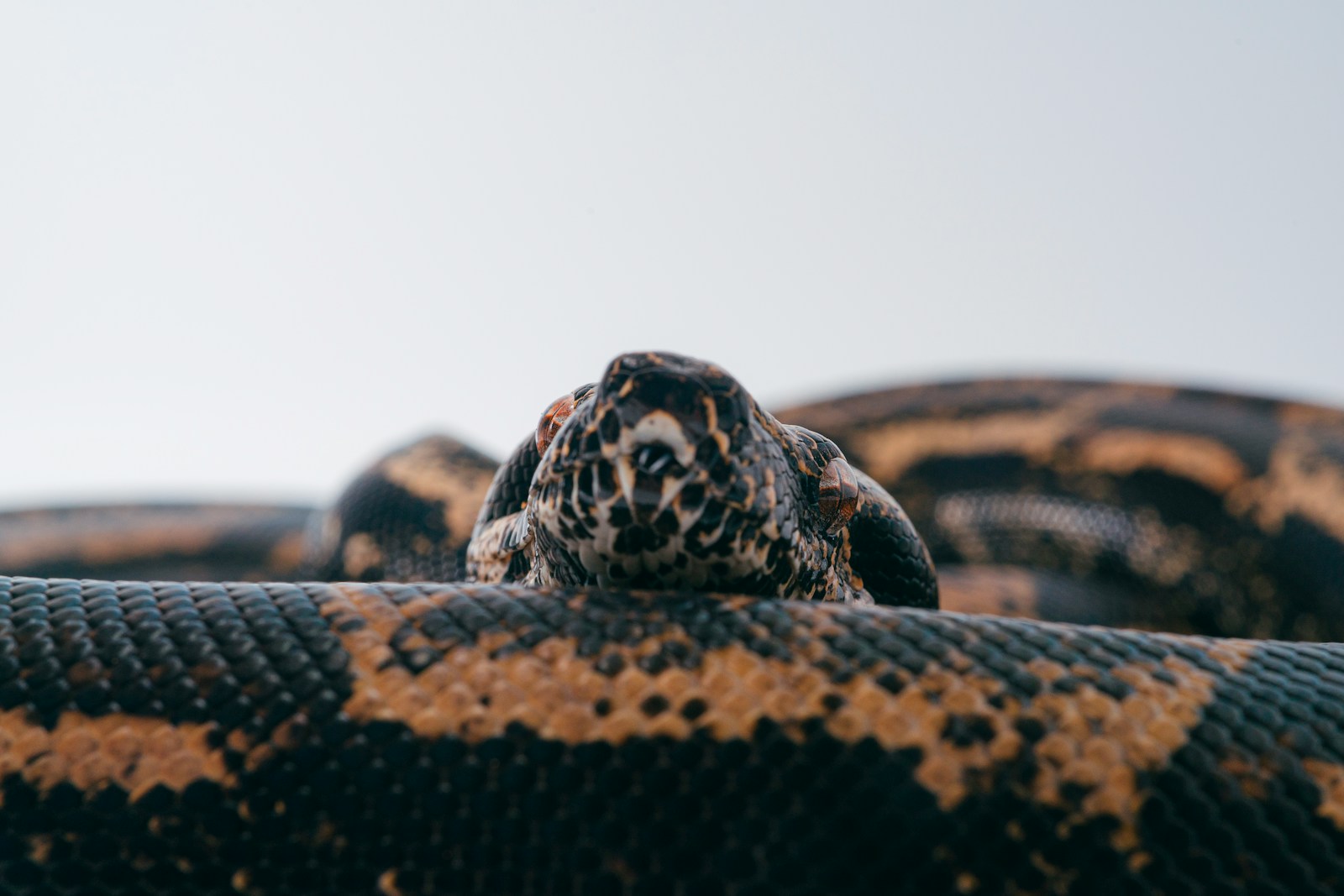The dense forests, grassy meadows, and arid deserts of the United States provide perfect backdrops for one of nature’s most refined skills: camouflage. Among reptiles, certain non-venomous snakes have evolved remarkable abilities to blend seamlessly into their surroundings, making them nearly invisible to predators and prey alike.
While many species employ camouflage, one stands out as particularly masterful in the art of concealment. The hognose snake (heterodon species) represents perhaps the most impressive camouflage artist among America’s non-venomous serpents, with adaptations that go beyond mere coloration to include behavioral mimicry and physical disguise.
This exploration will take us through the fascinating world of these masters of disguise, revealing how they disappear in plain sight across America’s diverse landscapes.
The Hognose Snake: America’s Camouflage Champion

The eastern hognose snake (heterodon platirhinos) represents the pinnacle of camouflage adaptation among non-venomous American snakes. With its variable coloration ranging from yellow and brown to gray and black, this medium-sized serpent can match virtually any forest floor or grassland habitat it inhabits.
What makes the hognose truly remarkable is its pattern variability. Individuals from the same region can display dramatically different color morphs, ensuring that predators cannot develop a “search image” for the species.
These snakes possess keeled scales that break up their outline and create a textured appearance mimicking leaf litter, soil, and decaying vegetation. Their most distinctive feature, the upturned snout that gives them their name, allows them to burrow efficiently while leaving minimal visible traces of their presence.
Evolutionary Development of Camouflage

The remarkable camouflage abilities of the hognose snake represent millions of years of evolutionary refinement. Natural selection has favored individuals whose coloration and patterns most closely matched their surrounding environment, as they were less likely to be detected by predators such as hawks, raccoons, and larger snakes.
This evolutionary pressure has resulted in localized adaptations, with hognose populations developing region-specific coloration that matches their particular habitat’s soil type, vegetation, and lighting conditions. The genetic mechanisms controlling this color variation are complex, involving multiple genes that regulate pigment production and pattern formation during development.
Impressively, some hognose snakes can even undergo subtle color changes throughout their lives, allowing their camouflage to remain effective as their habitat changes seasonally or as they move between microhabitats.
Geographic Distribution and Habitat Adaptations
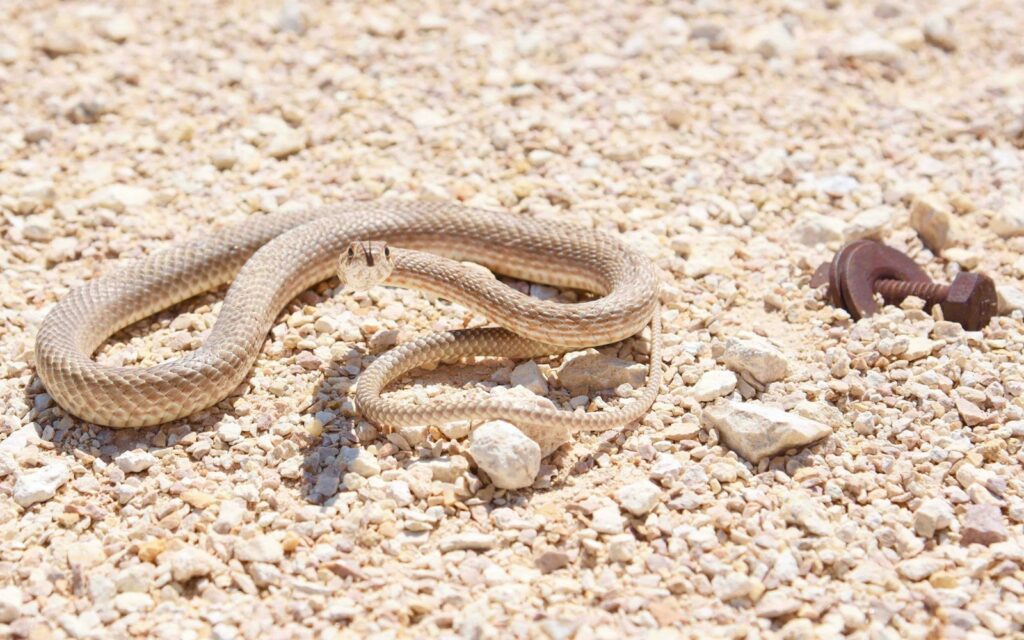
The eastern hognose snake ranges throughout the eastern United States, from southern New England to Florida and west to Minnesota and eastern Texas, while its relatives the western and southern hognose occupy the central and southwestern regions.
This wide distribution has resulted in remarkable habitat-specific camouflage adaptations across different populations. In the sandy pine barrens of the northeast, hognose snakes often display lighter, more yellowish colorations with subdued patterns that match the pine needle substrate. Those inhabiting the red clay soils of Georgia and Alabama frequently show rusty or orange tints in their base coloration.
Most impressively, populations living in areas with varied or patchy habitats often show more complex and variable patterns than those in uniform environments, allowing them to move between different microhabitats while maintaining effective camouflage. These regional variations showcase how natural selection has fine-tuned the snake’s appearance to match specific local conditions.
The Science of Pattern Disruption

The hognose snake’s camouflage goes beyond simple color matching to employ sophisticated pattern disruption techniques similar to military camouflage strategies. Their bodies feature a combination of blotches, spots, and irregular banding that breaks up their outline when viewed against natural backgrounds.
This pattern disruption works by preventing the observer’s visual system from recognizing the snake’s characteristic serpentine shape. The keeled scales of the hognose create small shadows and texture variations that further disguise the snake by mimicking the uneven lighting patterns found on forest floors and grasslands.
Their patterns incorporate what biologists call “disruptive coloration”, high-contrast boundaries between different colored areas that visually break up the body into seemingly unconnected sections. This sophisticated camouflage strategy makes it extraordinarily difficult for both prey and predators to detect the snake, even when it’s resting in relatively open areas.
Behavioral Camouflage Tactics

The hognose snake enhances its physical camouflage with remarkable behavioral adaptations that further conceal its presence. When resting, these snakes often position themselves with subtle, irregular curves rather than the symmetrical coils many other species adopt, making their outline less recognizable as a snake. They frequently position themselves at the boundary between different substrate types or near objects like fallen branches, where the visual transition naturally disrupts perception.
Perhaps most impressively, hognose snakes will remain completely motionless for extended periods when they detect potential threats nearby, taking advantage of the fact that motion is one of the primary visual cues that predators use to detect prey. During these freeze responses, they may even synchronize their breathing to minimize any visible body movement, sometimes holding their breath for several minutes when a predator is in close proximity.
The Famous Death-Feigning Performance
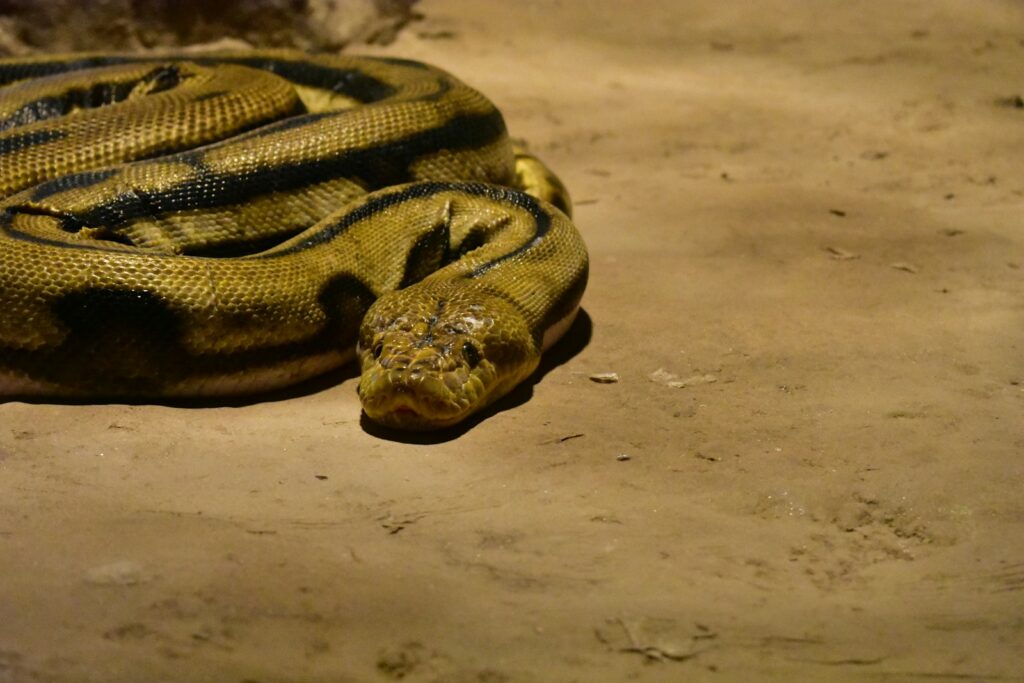
Beyond its visual camouflage, the hognose snake employs one of the most dramatic behavioral disguises in the reptile world—their elaborate death-feigning display. When threatened and unable to escape, the hognose will flip onto its back, open its mouth, let its tongue hang out limply, and release a foul-smelling musk from its cloaca to simulate the smell of decomposition.
This theatrical performance is remarkably convincing, with the snake sometimes writhing dramatically before “dying” and then remaining completely limp even when handled or moved. The evolutionary advantage is clear, most predators avoid dead prey to prevent disease transmission, making this behavior an effective last-resort defense mechanism.
What makes this performance particularly relevant to camouflage is that it represents a different form of concealment, hiding in plain sight by disguising oneself as something a predator will actively avoid rather than something it simply doesn’t notice.
Comparison with Other Camouflaged Species
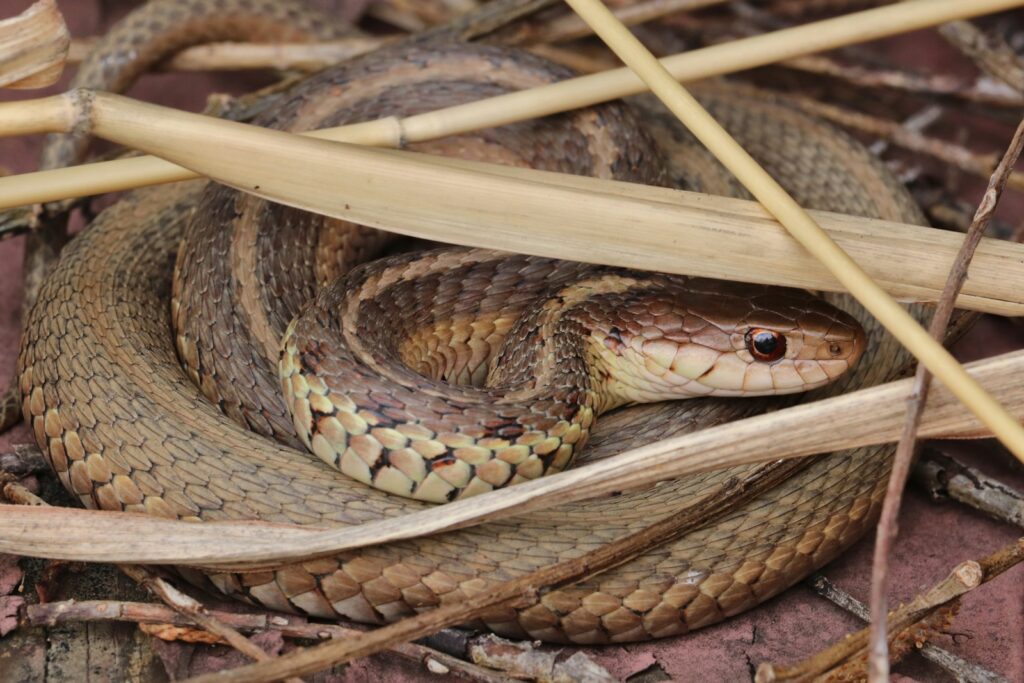
While the hognose snake represents the pinnacle of camouflage among U.S. non-venomous snakes, several other species deserve honorable mention for their concealment abilities. The pine snake (pituophis melanoleucus) displays excellent camouflage in sandy pine forest habitats, with its light coloration and blotched pattern matching the dappled sunlight of forest floors.
The North American Racer (Coluber constrictor) shows impressive habitat-specific color morphs, including the jet-black phase that disappears in shadowy forest understories and the blue-gray phase that blends with grassland vegetation. The bull snake (pituophis catenifer sayi) exhibits exceptional grassland camouflage with yellows and browns that match prairie vegetation perfectly.
However, none of these species combine the hognose’s variable coloration, pattern disruption, textured scales, and behavioral adaptations into such a complete camouflage package, which is why the hognose remains the undisputed master of disguise.
Seasonal Changes in Camouflage Effectiveness
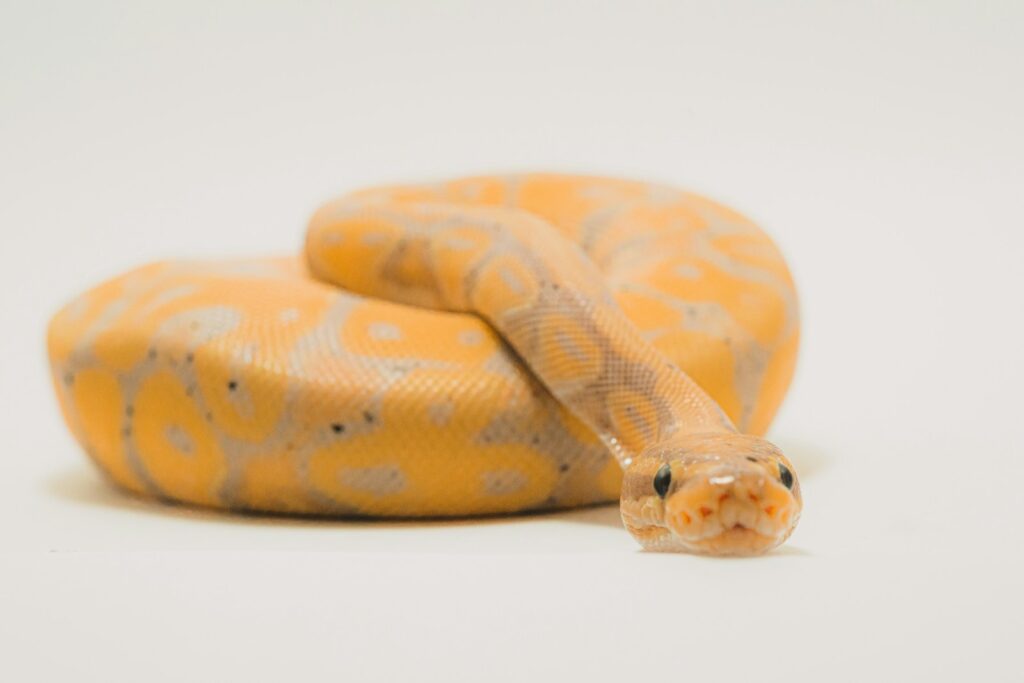
The effectiveness of the hognose snake’s camouflage fluctuates with seasonal changes in its environment, showcasing the dynamic nature of its concealment strategy. During autumn, when fallen leaves create a variegated tapestry of browns, yellows, and reds on the forest floor, the snake’s blotched pattern becomes particularly effective, making it virtually invisible among the leaf litter.
In contrast, early spring presents challenges for darker morphs as the previous year’s leaves bleach to lighter tones, though lighter-colored individuals maintain excellent concealment during this period.
Most interesting is how hognose snakes appear to modify their behavior seasonally to compensate for these changes, spending more time underground during periods when their camouflage might be less effective or selecting microhabitats that better match their coloration.
Researchers have observed that even their movement patterns change seasonally, with snakes moving more cautiously and selecting more visually complex routes during times when their camouflage might be compromised.
Predator-Specific Camouflage Adaptations

The hognose snake’s camouflage has evolved not just to match its environment but specifically to counter the visual systems of its main predators. Birds of prey represent one of the greatest threats to these snakes, and consequently, hognose camouflage is particularly effective against avian vision.
Hawks and eagles possess exceptional color vision and can detect UV light invisible to humans, yet the hognose’s pattern and coloration effectively counters these advantages by incorporating UV-absorbing pigments that appear as natural “dead spots” in the bird’s visual field.
Against mammalian predators like foxes and coyotes, which rely more on movement detection and have more limited color vision, the hognose’s freeze response and irregular resting posture provide highly effective concealment.
The snake’s camouflage even works against the infrared-sensing abilities of other snakes by maintaining a body temperature very close to that of the surrounding substrate, reducing their thermal signature and making them virtually invisible to heat-sensing predators.
The Role of Lighting in Effective Concealment
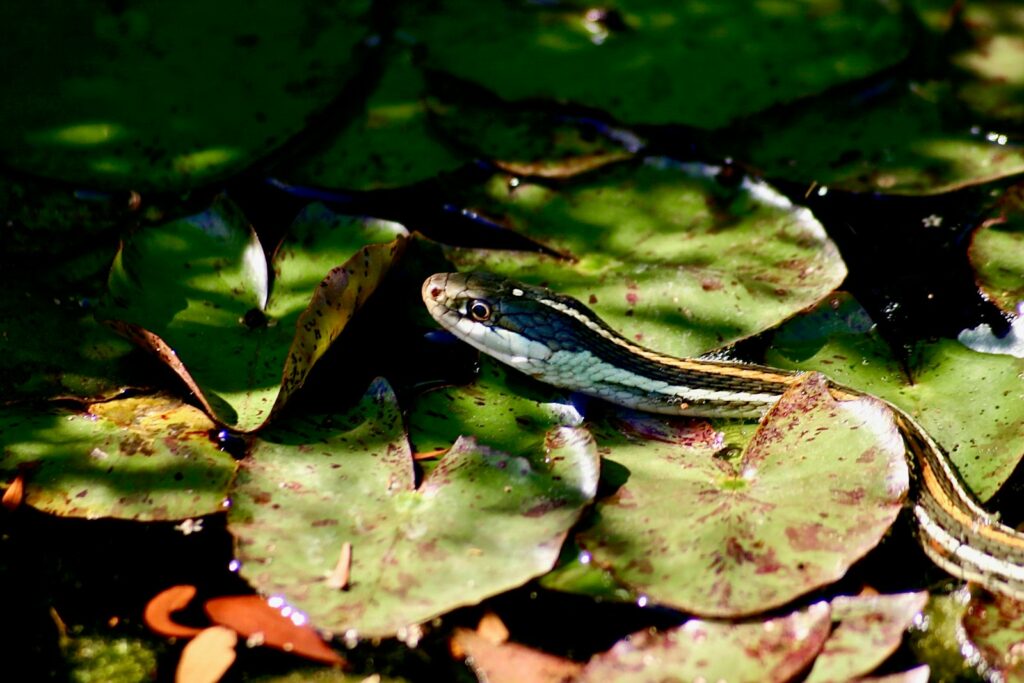
Light conditions play a crucial role in the effectiveness of the hognose snake’s camouflage, with adaptations specifically evolved to work under the typical lighting of their natural habitats. In forested environments, the dappled sunlight filtering through the canopy creates a complex pattern of light and shadow on the forest floor, which the snake’s blotched pattern mimics with remarkable precision.
The raised, keeled scales of the hognose create micro-shadows that match the texture of forest debris under direct sunlight, making the snake virtually disappear even in relatively open areas. During dawn and dusk, when many predators are most active, the snake’s pattern takes advantage of the low-angle lighting that creates elongated shadows, further disrupting its outline.
Some hognose snakes have been observed to reposition themselves throughout the day, seemingly to maintain optimal camouflage as the sun’s position and resulting shadow patterns change, demonstrating a possible awareness of their own concealment effectiveness.
Human Impact on Camouflage Evolution
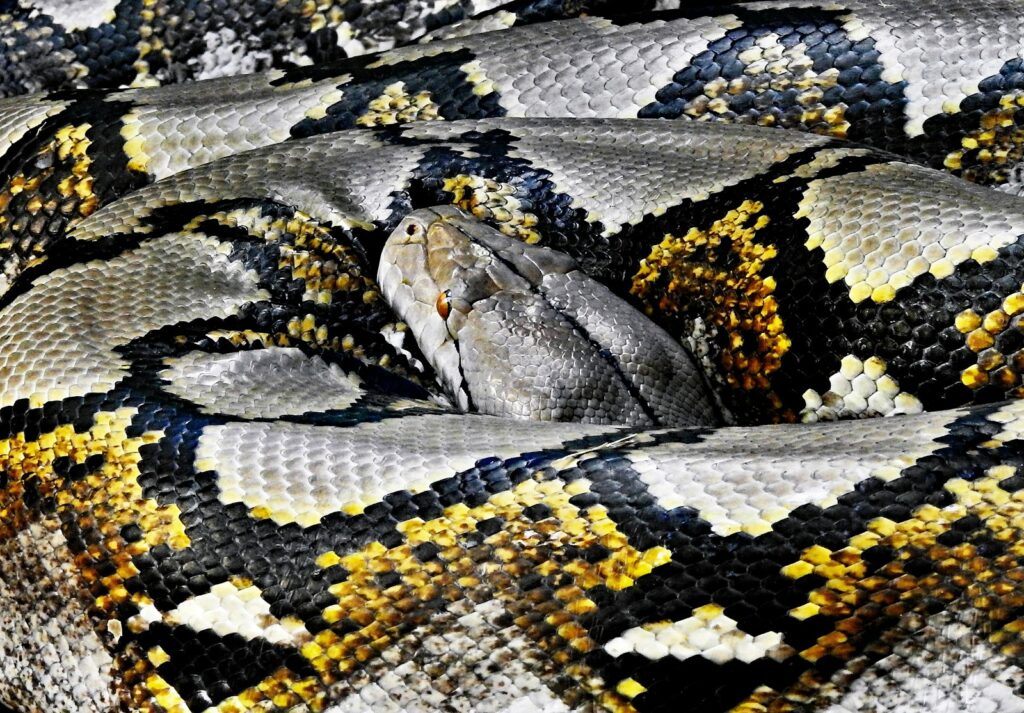
Human landscape modification has created both challenges and opportunities for the hognose snake’s camouflage adaptations. Agricultural development has fragmented many natural habitats, forcing snake populations to adapt to edge environments where their traditional camouflage might be less effective.
Interestingly, some hognose populations have shown remarkable adaptation to human-modified environments, with individuals in suburban areas developing coloration that matches mulched gardens and landscaped areas with surprising effectiveness. The introduction of invasive plant species has altered the visual background in many natural areas, potentially reducing camouflage effectiveness for locally adapted snake populations.
Conservation biologists have noted concerning trends in some regions where rapid landscape changes outpace the snake’s evolutionary ability to adapt its camouflage, potentially making populations more vulnerable to predation.
These observations highlight the complex relationship between human activity and the evolutionary adaptations of native wildlife.
Observing Hognose Snakes in the Wild
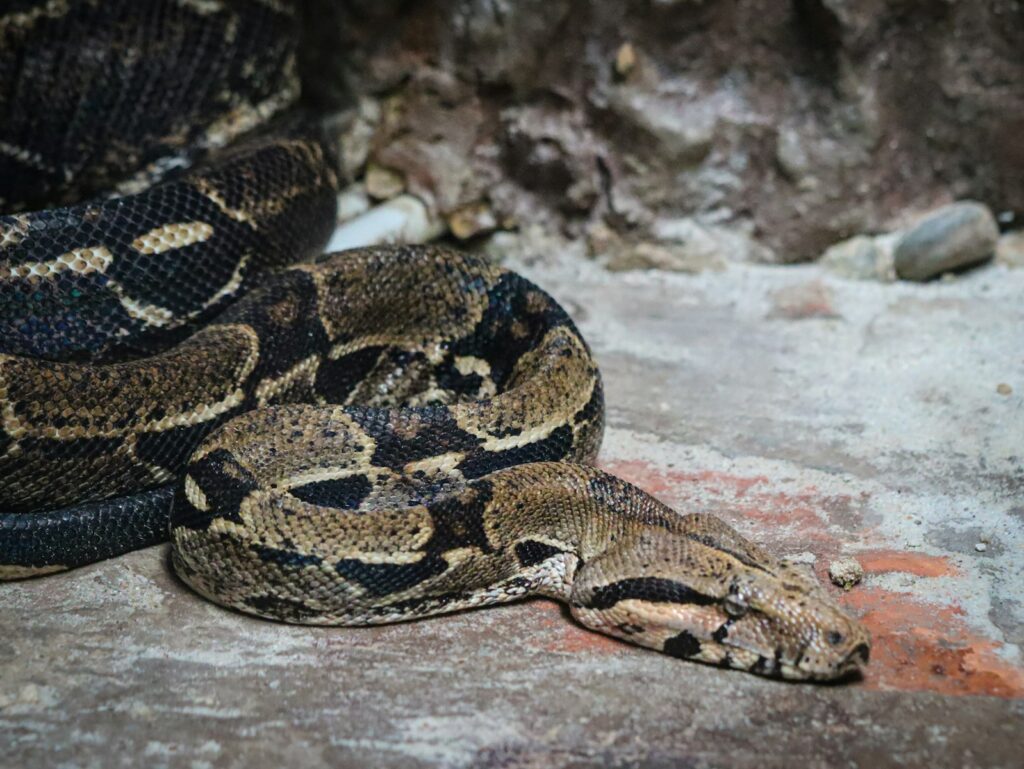
For naturalists hoping to observe these masters of disguise in their natural habitat, finding a hognose snake presents a considerable challenge that requires specific techniques and careful attention.
The most successful approach involves searching during the snake’s most active periods—warm mornings in spring and fall when they emerge to thermoregulate, but before the day’s peak heat. Rather than looking directly for the snake, experienced herpetologists recommend scanning for subtle disruptions in the visual pattern of the forest floor or grassland, often described as something that looks “not quite right” rather than obviously snake-like.
Moving slowly and examining areas from multiple angles can reveal the slight shadows that give away the three-dimensional form of the snake against a flat background. The most productive habitats for hognose observation include sandy pine barrens, grassland edges, and open woodlands with well-drained soils, particularly areas with abundant toads, which form the primary prey of many hognose species.
Conservation Implications of Specialized Camouflage
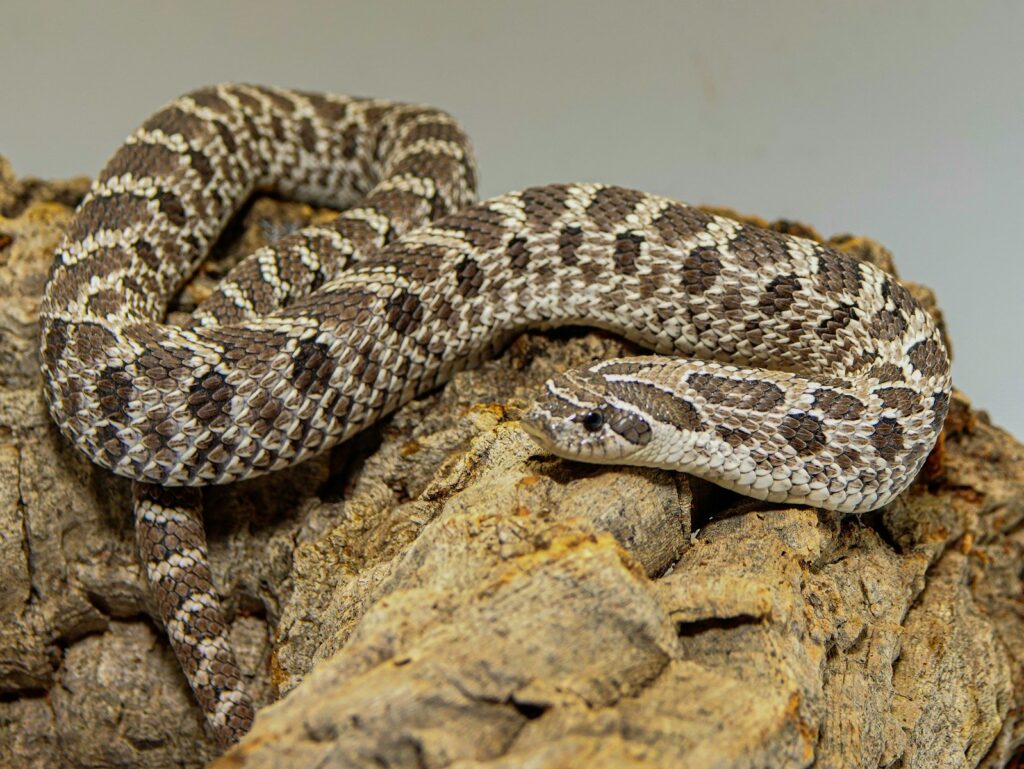
The highly specialized camouflage adaptations of the hognose snake present unique conservation challenges and considerations. Habitat-specific color morphs mean that relocating threatened populations to new areas may reduce their survival if their camouflage doesn’t match the new environment, even if all other habitat requirements are met.
Conservation breeding programs must consider genetic diversity in coloration patterns to maintain the adaptive potential of reintroduced populations. Climate change presents perhaps the greatest threat to these specialized camouflage adaptations, as rapid shifts in vegetation and seasonal patterns may outpace the snake’s evolutionary capacity to adapt its appearance. Conservation strategies increasingly focus on preserving not just adequate habitat area but specifically the visual characteristics of those habitats that enable effective camouflage.
Understanding and protecting these complex camouflage adaptations represents an important but often overlooked aspect of comprehensive wildlife conservation efforts.
Conclusion
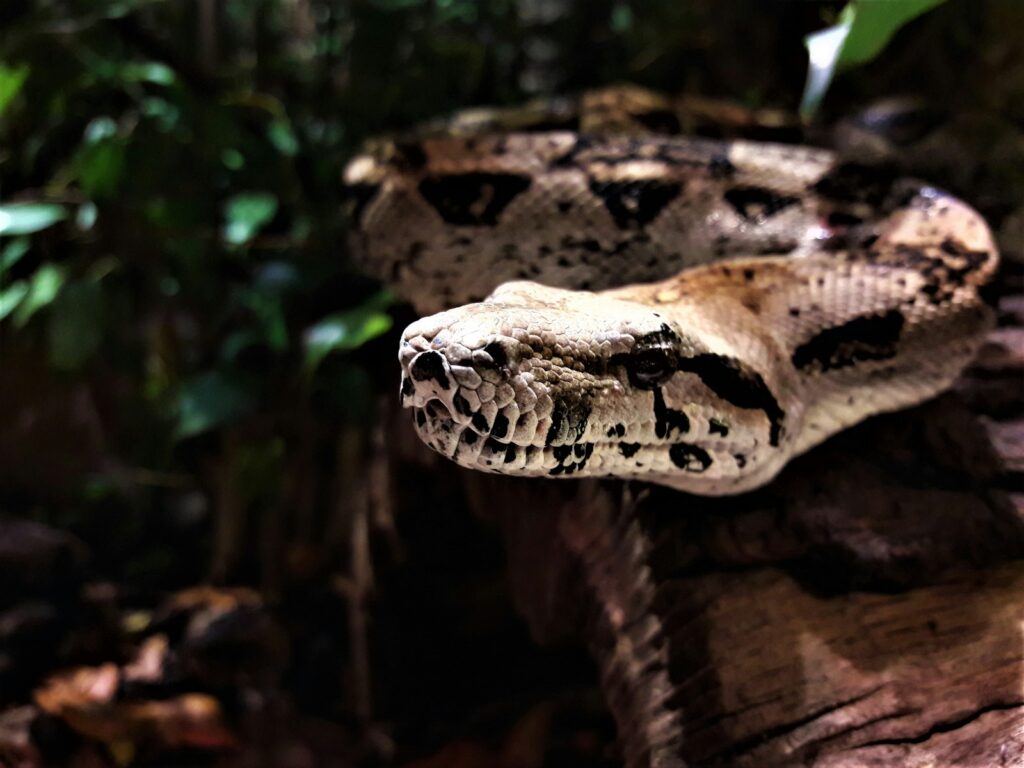
The hognose snake stands as nature’s camouflage masterpiece among North American non-venomous snakes. Its remarkable ability to disappear into diverse landscapes reflects millions of years of evolutionary refinement, combining sophisticated pattern disruption, variable coloration, textured scales, and behavioral adaptations into an unparalleled concealment strategy.
This perfection of disguise represents far more than a simple survival trick, it offers a window into the complex relationship between predator and prey, the power of natural selection, and the remarkable adaptability of wildlife to specific environmental conditions. As we face an era of rapid environmental change, the future of these specialized adaptations remains uncertain.
By understanding and appreciating these remarkable camouflage adaptations, we gain not only scientific knowledge but also a deeper appreciation for the subtle intricacies that make the natural world so endlessly fascinating.

